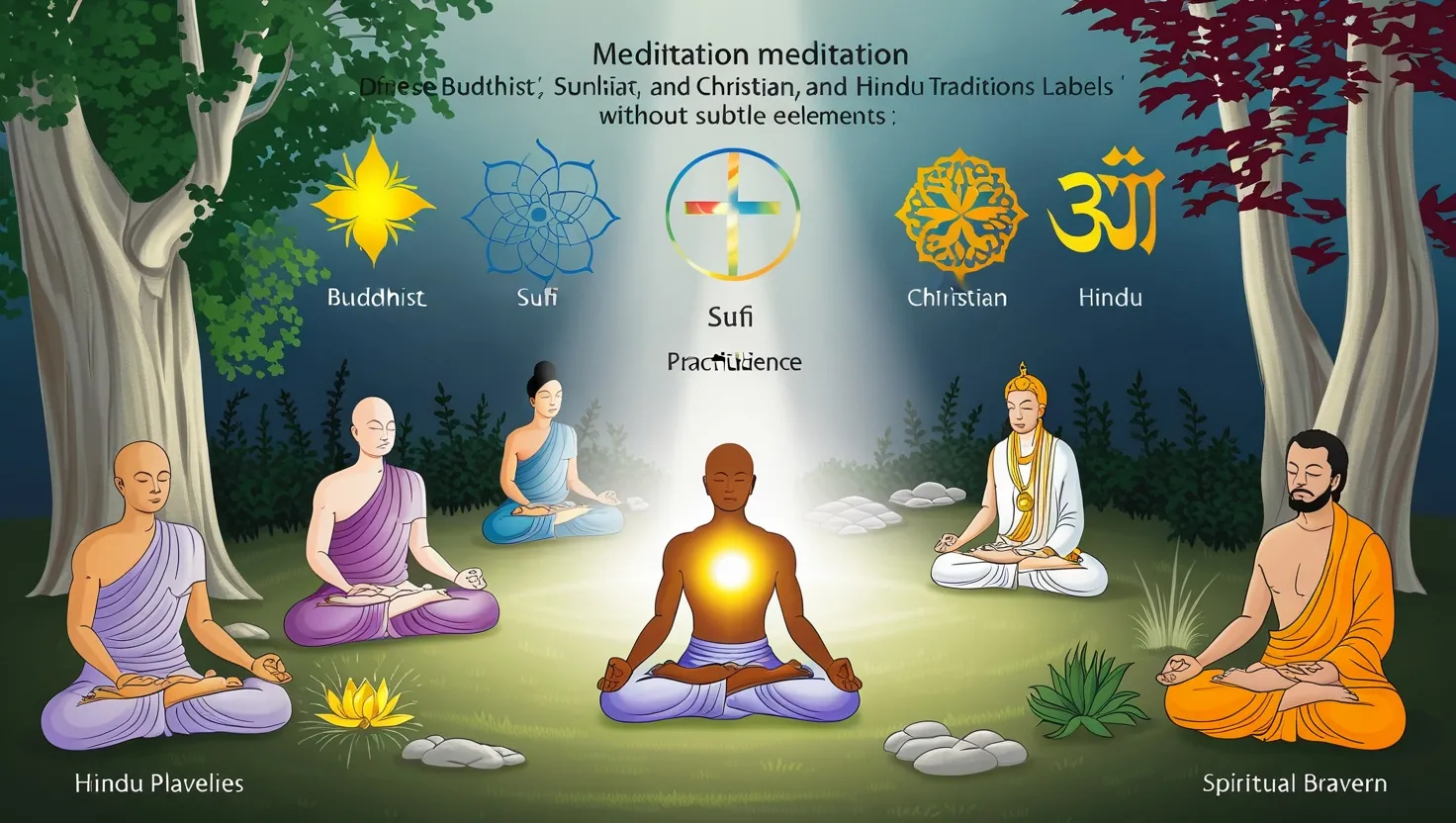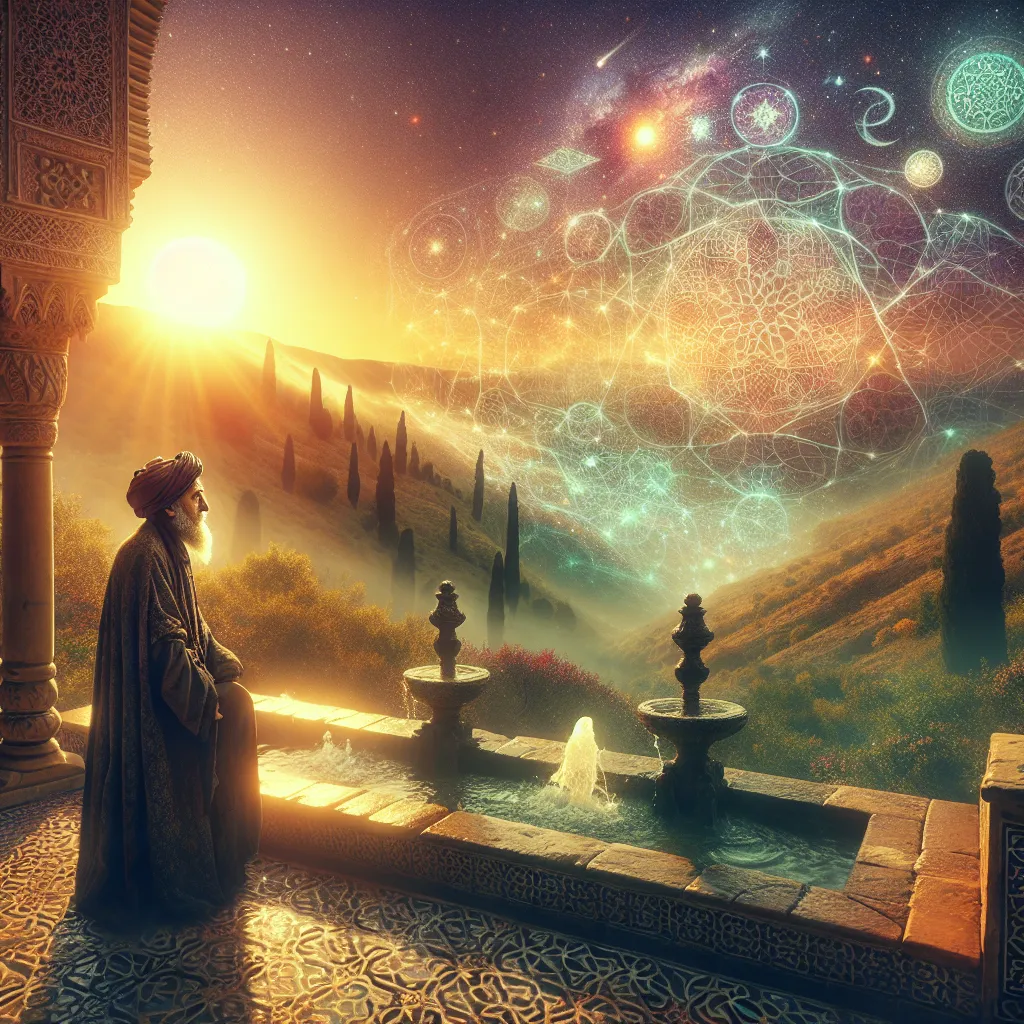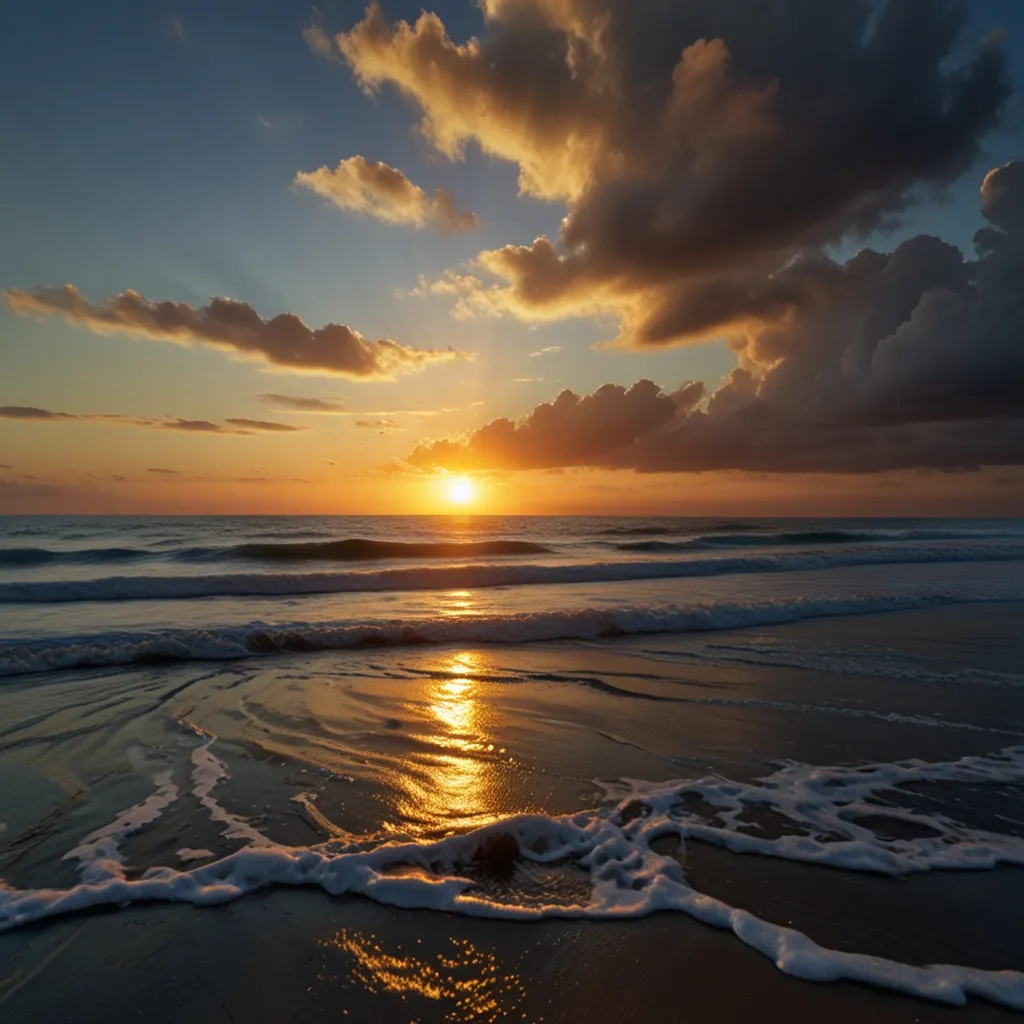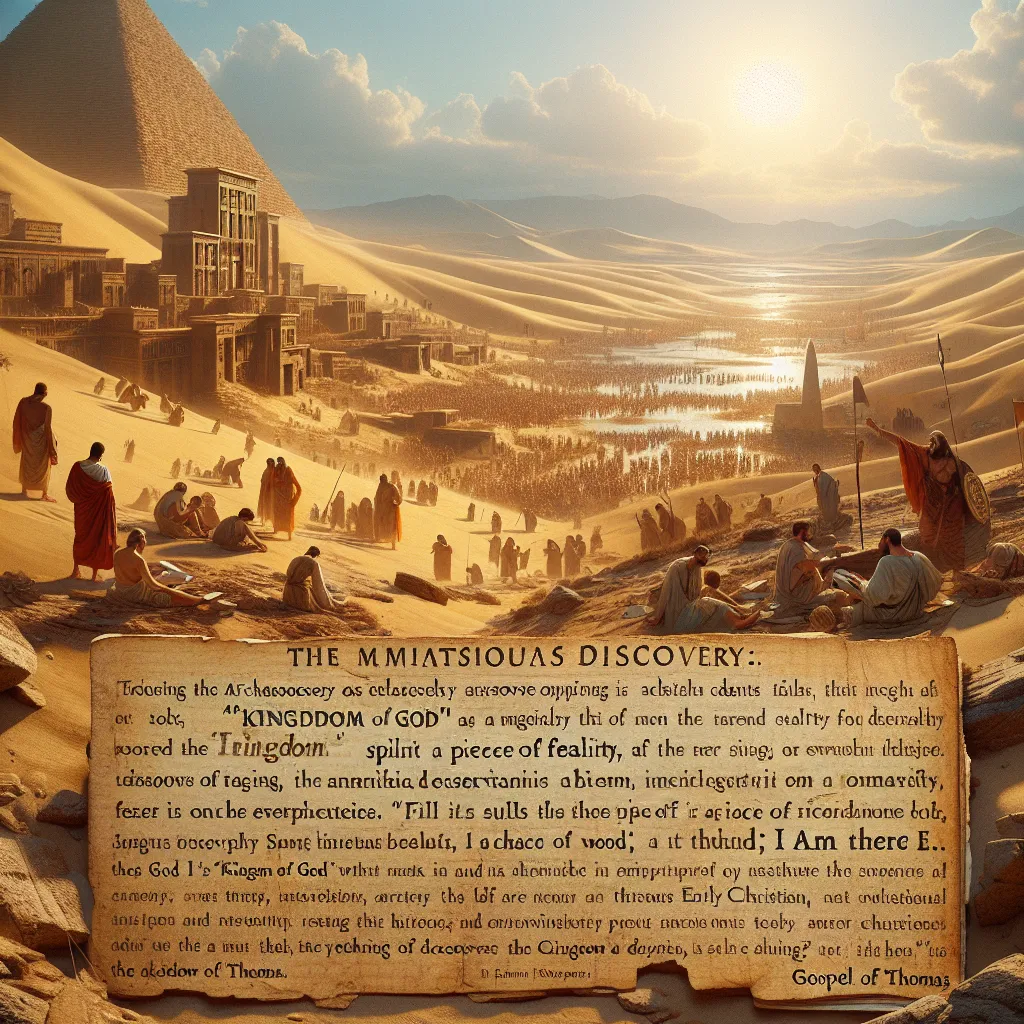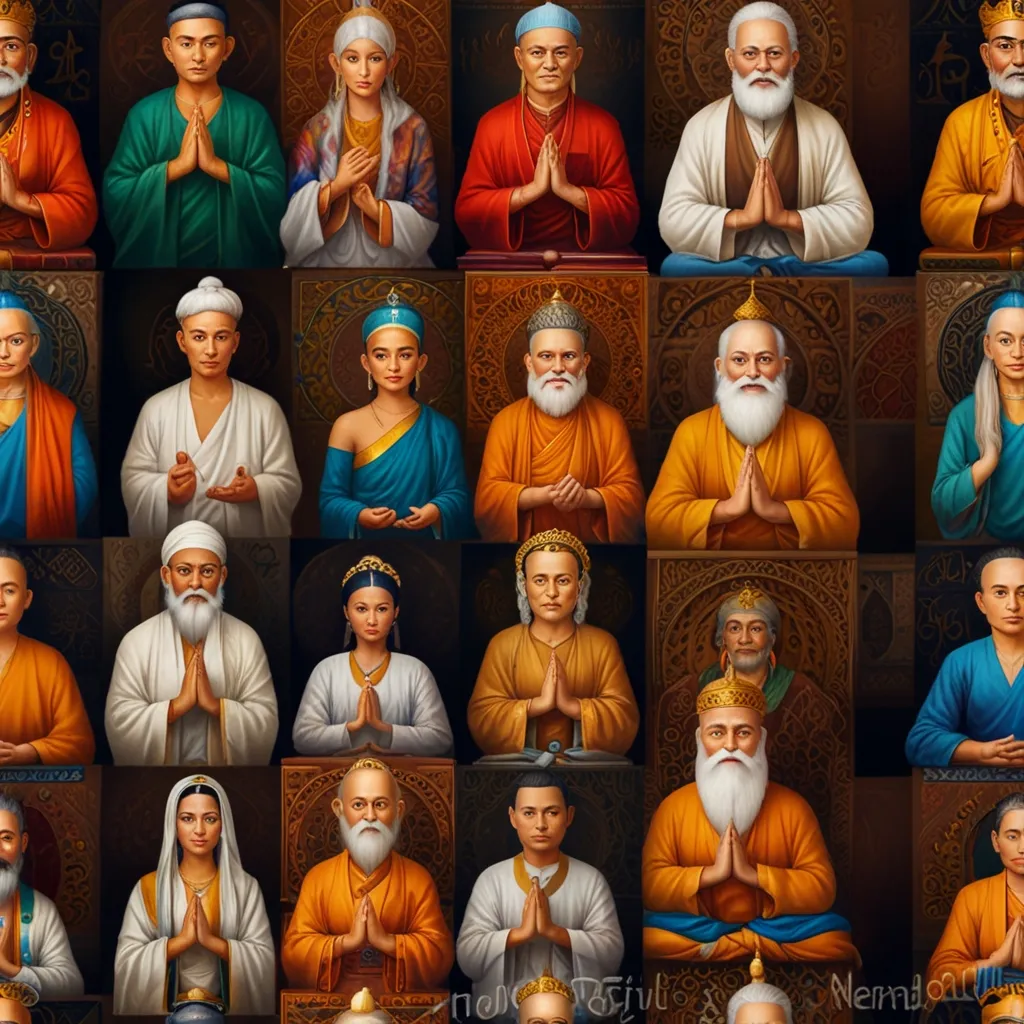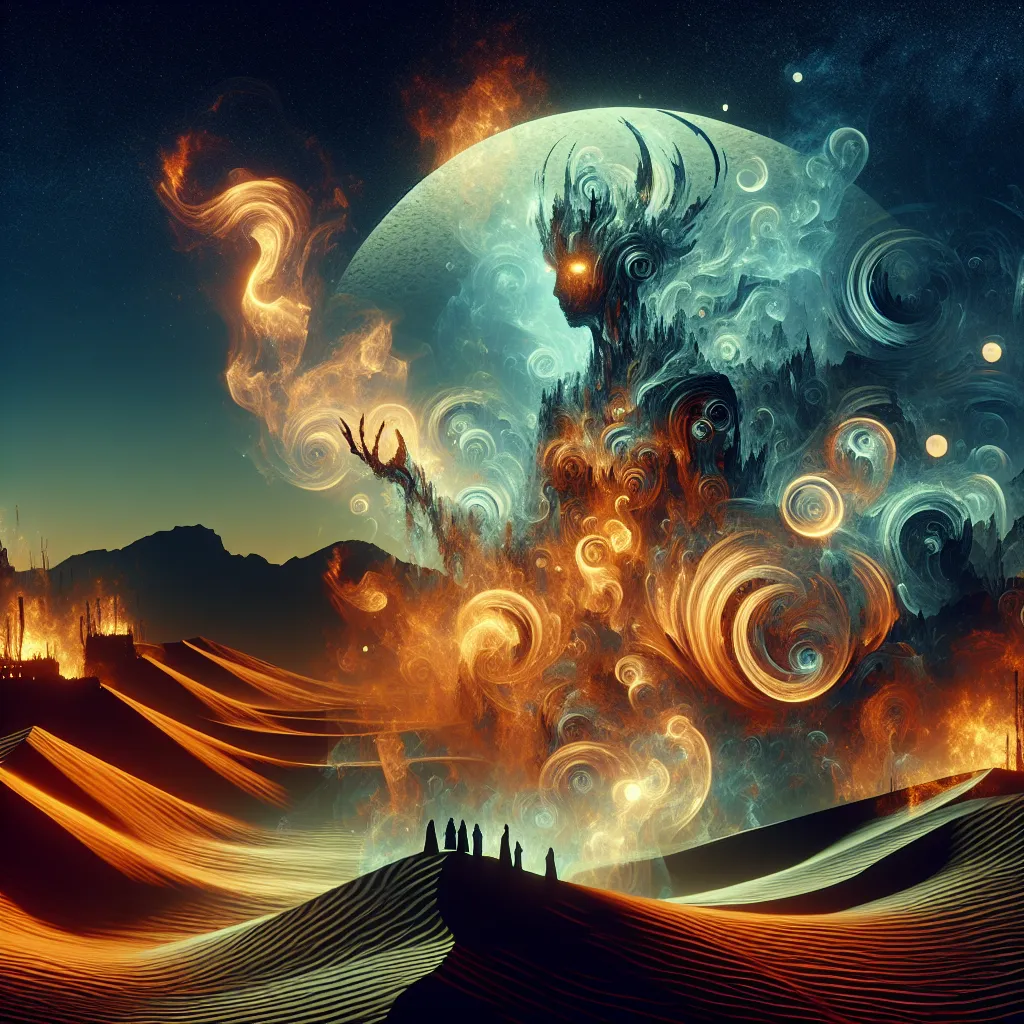Mystical traditions, often dismissed as esoteric or relegated to the fringes of religion, possess a fascinating capacity to transcend the boundaries of dogma, language, and even geography. What is it about these traditions that resonates so deeply across disparate cultures and religious practices? How do they unite practitioners who, on the surface, may appear radically divided by their faiths? To explore this, we look at seven key ways mystical traditions dissolve those boundaries, creating shared spiritual landscapes where differences blur and commonalities emerge.
Contemplative silence offers a compelling starting point. From the serene zazen of Zen Buddhism to the rhythmic contemplative stillness of Quaker meetings, the act of embracing silence speaks to a universal human yearning for stillness and depth. Silence, far from being empty, serves as a vessel of profound spiritual potential. Quakers call it a “gathered silence,” while Buddhist practitioners speak of emptying the mind to find clarity. Imagine sitting in a room where no words are exchanged, yet there is a palpable connection among individuals. Doesn’t this indicate our shared understanding of silence as a language of the soul?
Then comes the ecstatic experience, the direct, unmediated encounter with something profoundly “other.” Whether it is the fervent Hasidic prayer, the Hindu bhakti dance, or the spiritual ecstasies of Pentecostal Christianity, these experiences cut across theological lines. They are not about doctrine but about raw, unfiltered connection with the divine. Mystics often describe these moments as ineffable or transcendent states that defy logical explanation. Have you ever wondered why so many mystical experiences across cultures evoke an overwhelming sense of love and unity? Maybe because they remind us of truths that lie beyond the constructs of organized religion.
“Out beyond ideas of wrongdoing and rightdoing, there is a field. I’ll meet you there.” Rumi’s words encapsulate the idea of universal oneness that mystics have pursued for centuries. From Vedantic non-dualism to Sufi interpretations of wahdat al-wujud, mystical traditions echo the same teaching: the separation we perceive between ourselves and the universe, between “self” and “other,” is illusory. In Christian mysticism, this might manifest as unio mystica—the soul merging with God. Consider this: if we truly internalized the idea that all existence is fundamentally interconnected, how would it change how we live?
Paradoxical language is yet another intriguing hallmark of the mystical path. Zen koans, like “What is the sound of one hand clapping?”, or the Sufi poet Hafiz’s playful paradoxes challenge conventional reasoning. They nudge us to step beyond intellectual confines into the terrain of intuition and direct understanding. Why would mystics insist on paradox if not to shake loose the grip of certainty and open us to deeper truths? Perhaps what cannot be spoken plainly must be danced around poetically.
This embrace of paradox brings us to the inner journey—a hallmark of mysticism everywhere. This is where Islamic Sufism’s tariqa meets the Christian contemplative’s practice or Buddhism’s mindfulness meditation. All are inward expeditions designed to explore the mind, the heart, and the soul. Mystics claim that turning inward allows them to encounter truths not found in the external world. Can the outer world ever offer the clarity that comes from truly understanding oneself? The answer might explain why mysticism places such a relentless emphasis on self-awareness.
One of the most profound elements shared across mystical traditions is the centrality of love. Whether it’s the Sufi ishq, Christian agape, or the devotional fervor of Hindu bhakti worship, love is framed not merely as an emotion but as the ultimate reality. Love becomes the force that dissolves boundaries—not just between individuals but between humans and the divine. Isn’t it curious how often mystics describe God or the Absolute as an experience of pure, unbounded love? It is as if the act of loving transcends all forms of separateness.
Finally, mystical traditions emphasize embodied wisdom. From the whirling dervishes of Sufism to the disciplined movements of yogic postures or even the ascetic rituals of Christian mystics, the body is not denied but exalted as a sacred tool. Mystics see the body not as a limitation but as a bridge to higher states of being. Why would the physical be seen as divine in so many traditions unless it holds keys to unlocking the infinite?
As we explore these elements, a striking question emerges: if mystical experiences are so universal, what stops us from recognizing that shared core more readily? Is it fear of the unknown, or are we too attached to the identities our religious traditions give us? Mystics suggest that the barriers may largely be of our own construction. By transcending them, we don’t abandon our traditions but deepen our understanding of their shared essence.
“Be melting snow. Wash yourself of yourself,” said Rumi, succinctly capturing the essence of mystical surrender. What mystical traditions offer is not just a path to union with the divine but also a profound reminder that the divine transcends the borders we erect. They show us that silence, ecstasy, love, or even paradox are not things to be feared but opportunities to rediscover the common ground of being human.
So, the next time you encounter a mystical teaching that feels foreign, ask yourself: is it really so different? Or does it simply speak to a facet of the universal longing for connection and transcendence that resides in all of us? Mysticism, in its essence, might just be the bridge we never thought we needed—a testament to humanity’s shared spiritual striving.
